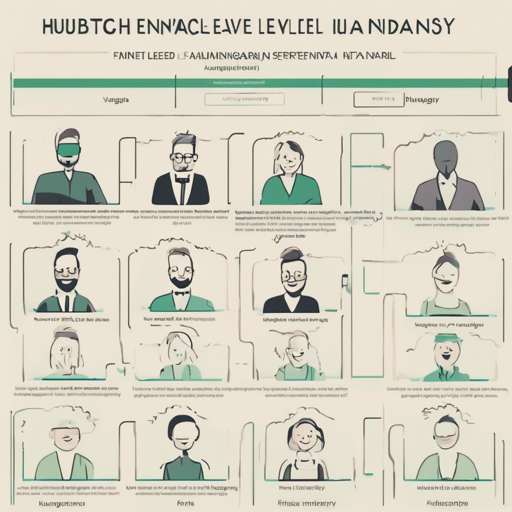Welcome to an insightful journey through the fascinating world of Hungarian sentence-level sentiment analysis using the finetuned huBERT model. This guide will help you understand how to effectively utilize this model for your text classification tasks, ensuring a better grasp of the underlying concepts.
What is huBERT?
huBERT is a pretrained model specifically designed for Natural Language Processing tasks. In our case, it is finetuned on the Hungarian Twitter Sentiment (HTS) Corpus, allowing it to analyze sentiments expressed in Hungarian sentences. The model employs two labels: 0 for negative sentiments and 1 for positive sentiments.
Getting Started
To begin leveraging the huBERT model for sentiment analysis, follow these steps:
- Step 1: Access the pretrained huBERT model.
- Step 2: Download the Hungarian Twitter Sentiment (HTS) Corpus.
- Step 3: Utilize the finetuned model on your dataset of Hungarian sentences.
Understanding the Dataset
The Hungarian Twitter Sentiment (HTS) Corpus is integral to the model’s functionality. It provides a rich dataset that has been labeled with sentiments, allowing the model to learn and improve its accuracy through supervised learning techniques.
Model Limitations
While the huBERT model is robust, it is essential to be aware of its limitations. The maximum sequence length for input texts is set to 128 tokens. This means that longer sentences will need to be truncated, potentially affecting the accuracy of the sentiment classification.
Results Overview
The performance of the model can be measured through accuracy metrics. Here’s a snapshot of how different models performed:
Model | HTS2 | HTS5
----------------|--------|--------
huBERT | 85.56 | 68.99
XLM-RoBERTa | 85.56 | 66.50
Think of it this way: the models are like chefs preparing a dish. With huBERT having access to unique Hungarian ingredients (the HTS Corpus), it refines its recipe (the sentiment classification) to achieve a perfect flavor (accuracy of sentiment detection). Meanwhile, XLM-RoBERTa, while capable, lacks the local spices that give huBERT its edge in this particular culinary domain.
Troubleshooting Tips
In your journey towards successful implementation, you may encounter some hurdles. Here are a few troubleshooting ideas:
- Issue: Model returns indeterminate sentiment.
- Solution: Check if the input text exceeds the 128-token limit.
- Issue: Low accuracy in classification.
- Solution: Ensure that your dataset is correctly formatted and matches the training criteria of the model.
For more insights, updates, or to collaborate on AI development projects, stay connected with fxis.ai.
Conclusion
In conclusion, the finetuned huBERT model stands as a powerful tool for Hungarian sentiment analysis. The methodology and results outlined in this article serve as valuable guidelines for anyone interested in delving into the world of text classification. At fxis.ai, we believe that such advancements are crucial for the future of AI, as they enable more comprehensive and effective solutions. Our team is continually exploring new methodologies to push the envelope in artificial intelligence, ensuring that our clients benefit from the latest technological innovations.

